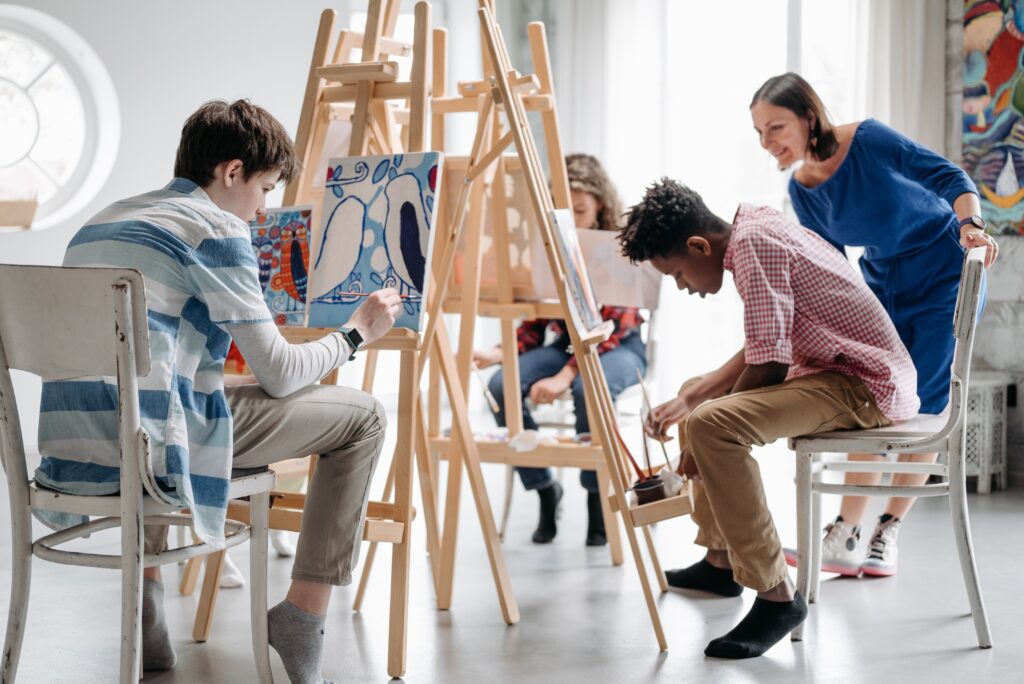By Bella Richmond, Met Sacramento High School Intern

In March, I started researching existing arts education infrastructure in the Sacramento City Unified School District (SCUSD). In a 2016 survey from Americans for the Arts, it was found that “an overwhelming majority of the American public (88 percent) agrees that the arts are part of a well-rounded K-12 education—including 56 percent who “strongly agree.” In my previous two articles, “Is Arts Education In Your School?” and “Educating With The Arts: A Survey Summary,” I chronicled my survey of 108 students in SCUSD. The survey results showed that more students had an interest in the arts than were actively enrolled in arts education. To better understand the public interest in the arts and its availability in schools, I spoke with two experts from Sacramento. Bina Lefkovitz, an elected member of the Sacramento County Board of Education, and Tere Flores, the Director of Organizing for Sacramento ACT, both provided unique perspectives on Sacramento’s arts education.
I asked both interviewees about their perspectives on how arts education affects youth and its place in Sacramento high schools. When asked about how arts education can affect a student’s mental health, Tere Flores responded that from her work with students on organizing around education with the mental health committee of Sacramento ACT, she has found that alternative mental health support, like the arts, is important to many young people. When Bina Lefkovitz was asked about her perspective on how the arts can influence a student’s academic achievement, she proposed a few ways in which arts can affect learning, such as integrating it into the classroom and specific arts courses. When it comes to the place of arts in the high school curriculum, Tere responded that it’s understandable that arts are sometimes pushed to the side with all the things teachers and students are expected to cover. She concluded that arts education is necessary because the arts need to be accessible and affordable for all students, especially those whose strengths are more artistic.
I asked Bina Lefkovitz how the citizens of Sacramento could get more involved in advocating for arts education in schools. Bina responded, “At the end of the day, the decision-makers are the school boards and the state legislature, so go to your school board meeting. Support the statewide groups that work on this issue.” I interviewed a member of the board of education and a director of organizing for a nonprofit that works directly with youth in this county, and while both had different approaches to arts education, they spoke on the value of equitable and accessible arts education. Many local organizations are fighting for arts equity in schools, such as Friends of Sacramento Arts, which is a consortium for arts advocacy. As a community, Sacramento residents can support arts education by spreading awareness about its benefits so more students can have access to the arts.